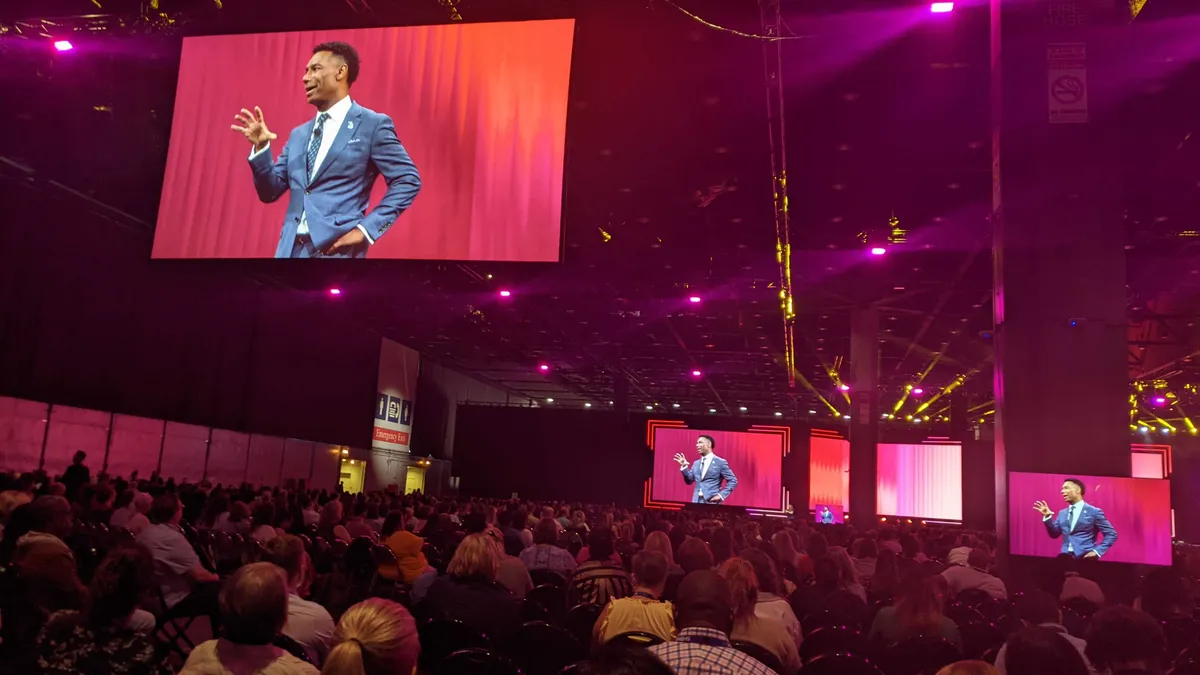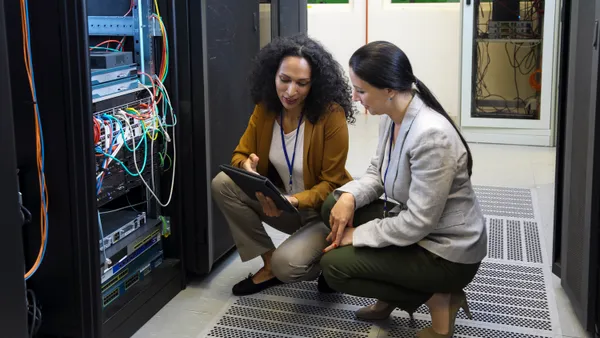Are your training sessions engaging and effective? If not, how can you be creative in enhancing how your training is structured? There is a way, and it’s called the learner-centric approach.
This method of training focuses on the individual rather than the material covered. First, you need to understand your learner. Determine who they are, what they already know, where their learning will take place and what has been successful in the past. After you’ve established the profile of your learner, it’s time to think about outcomes.
Ask yourself what outcome you want as a result of the training and then tailor the experience around the learner. Once you’ve done this, you can start to design and develop your entire training program, right down to where it’s held. Are training spaces optimized to help learners? Is the material presented in a manner that is engaging and interesting?
“As an educational program designer, this is where the creative processes and joy of shaping the learning experience kicks into full gear,” explains Harley Blake, manager of professional development programs at Central Michigan University. “How many experiential elements can I build into the event? What other engaging methods can be used to help this particular set of learners grasp the concept without employing the all too common ‘death by PowerPoint’ methodology? Can I design the entire educational event without using any slides?”
Personalize the experience by focusing on learners. Offer a unique, engaging experience to better achieve the outcomes you seek by making it beneficial to them.
Encourage group interaction and employee engagement and give individuals an opportunity to demonstrate what they’ve learned through social activities and outlets. Encourage group interaction and discussion.
“At the end of our Leadership Excellence series, comprised of eight half-day interactive sessions over the fall semester, we ask participants to share what they found to be some of the most effective aspects of the program. Without fail, the opportunities for table discussions and networking with other staff members from across the university are always among the most frequently mentioned highlights,” says Blake.
As training continues to change and adapt to new demands by the workforce, personalized and learner-centric training is becoming more and more prevalent. Gone are the days when individuals were presented with wave after wave of materials and information and expected to learn it using a “one-size-fits-all” method.
Make sure you have all the tools you need for effective HR leadership with your choice of two master’s degrees in human resources from Central Michigan University.










